According to Savills, before the COVID-19 pandemic, Vietnam's tourism industry recorded impressive growth in visitor numbers. Vietnam's tourism image has also become familiar and gradually become a prominent resort destination in Southeast Asia, competing with international destinations in the region.
However, after a period of “hot” growth, the market is slowing down with many unfinished projects and some projects not achieving optimal efficiency. However, some quality hotels and resorts still recorded positive operating results and maintained good recovery momentum.
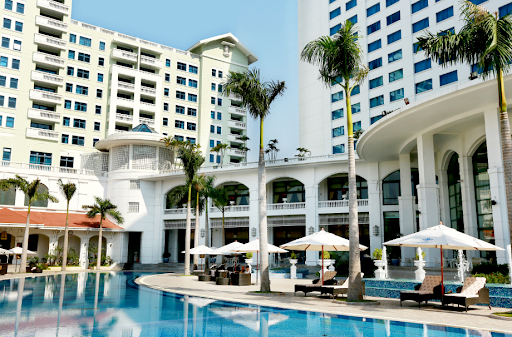
Hotels in Nha Trang and Da Nang are still facing many challenges. (Photo: LM)
Mr. Mauro Gasparotti, Director of Savills Hotels analyzed: Inflation factors, political conflicts, expensive airfares and shortage of human resources in the industry affect the recovery of tourism activities.
In Vietnam, the recovery has been uneven, with hotel occupancy rates in Ho Chi Minh City gradually returning to pre-pandemic levels.
Meanwhile, the Nha Trang and Da Nang markets are still facing many challenges; operating profits in these areas are still 40% - 60% lower than Bali and Phuket.
According to Ms. Fenady Uriarte, Business Development Manager, Southeast Asia Market at STR: As of the end of February 2023, the revenue per available room index in Southeast Asian countries is very close to pre-pandemic levels, however, the Vietnamese market is still facing many challenges as this index is 33.4% lower than in 2019.
“The average room rate is a bright spot in the market, as it is recording a good recovery rate. The reopening of Northeast Asian markets such as China and Japan is expected to bring positive signals to the Vietnamese tourism industry,” said Ms. Fenady Uriarte.
In addition to the slower-than-expected return of tourism demand, recent credit control policies have also had a significant impact on development activities, causing many projects to be delayed or suspended.
On the other hand, project repositioning activities are taking place more strongly as the market records many hotel owners working with hotel operators to upgrade and renovate projects.
“Cooperating with hotel brands helps the project increase its competitiveness in the market through chain scale, brand standards and marketing and distribution networks,” said Ms. Fenady Uriarte.
According to Savills Hotels, luxury hotel supply accounts for 2% of the total current hotel rooms, but accounts for 5% of the total supply that is being deployed and is expected to be put into operation in the next three years.
Alongside the increase in hotel room supply, the luxury branded residence market is also gaining attention in Vietnam.
According to Mr. Anthony Moulton, CEO of Brand & Co: It can be said that the appeal of luxury products comes from two factors: prestige and affirming the owner's image.
Source








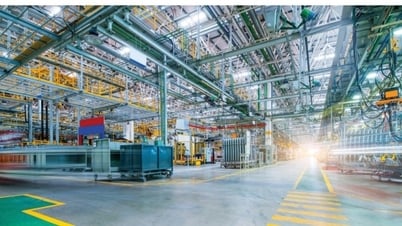

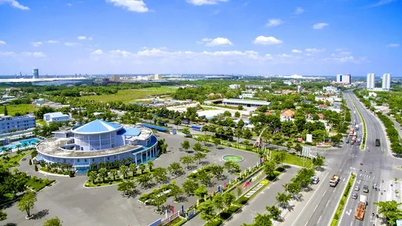



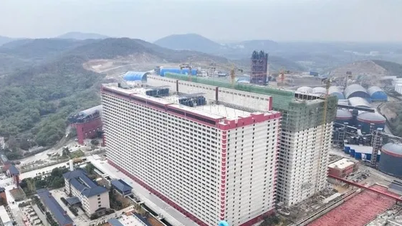





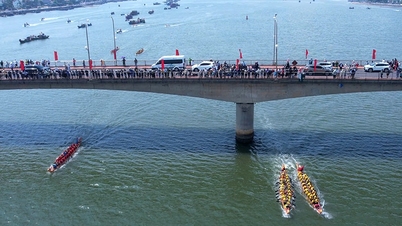
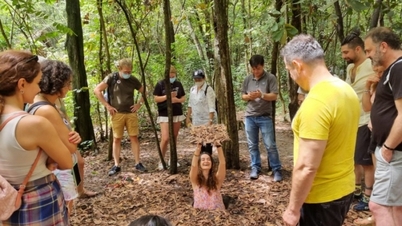


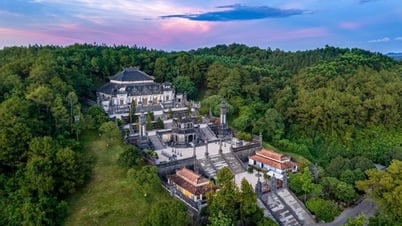

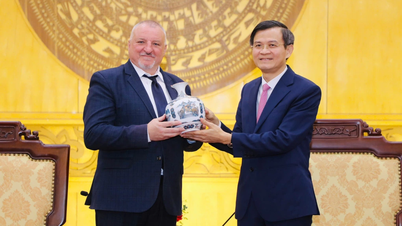

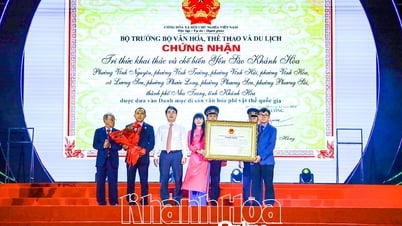
























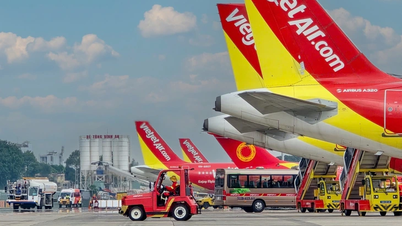








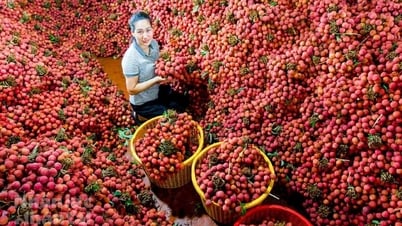
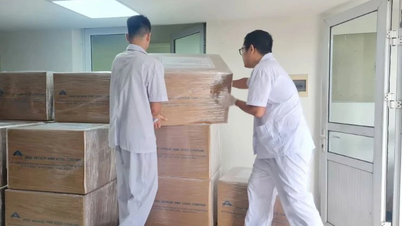






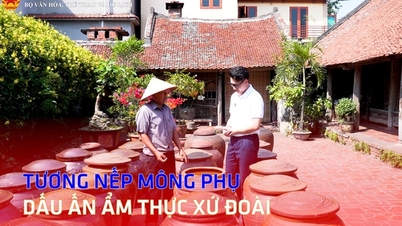
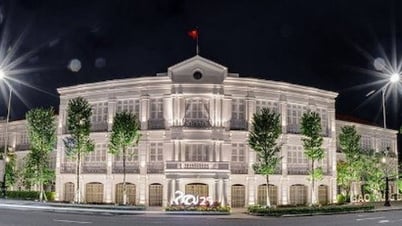
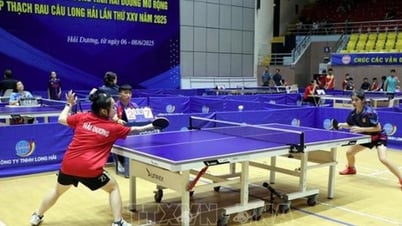

















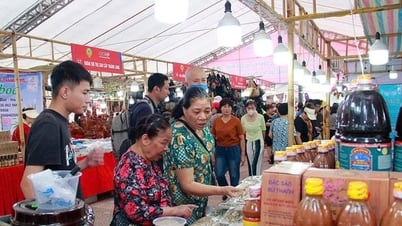








Comment (0)